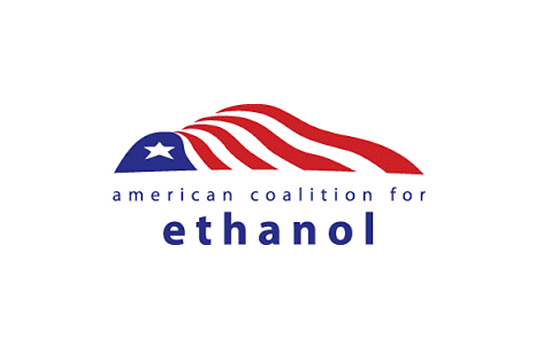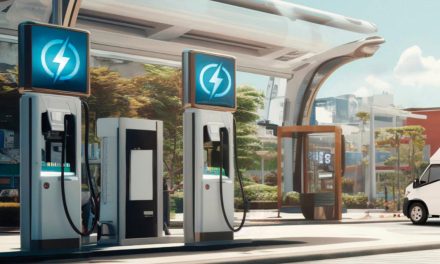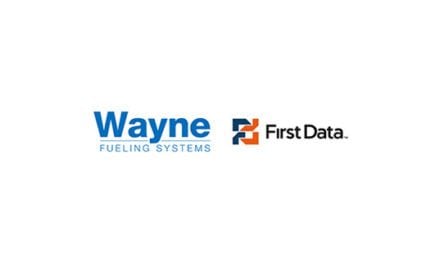The Environmental Protection Agency (EPA) in coordination with the Department of Transportation’s National Highway Traffic Safety Administration (NHTSA) announced proposed amendments to current fuel economy and emissions standards for cars and light trucks for model years 2021-2026. American Coalition for Ethanol (ACE) CEO Brian Jennings released the following statement in response to the inclusion of high octane fuel in EPA’s proposal:
“We are very encouraged EPA’s position on high octane fuel is evolving. While previously taking fuel “off the table,” EPA now appears to recognize it will need to increase the minimum octane of fuel to help automakers maintain engine efficiency and reduce greenhouse gas (GHG) emissions, going so far as to reference an octane level of 100 and a role for E30 blends.
“EPA concedes in the rulemaking that “higher octane fuel can provide auto manufacturers more flexibility to meet more stringent standards by enabling opportunities for use of lower CO2 emitting technologies” and is seeking comments from the public on the “ideal octane level,” the “benefits of increasing fuel octane,” and specifically how higher octane fuel will play a role in “engine technologies and product offerings” and “improvements to fuel economy and CO2 reductions.
“Some might argue EPA’s proposal to flatline the standards will lead to increased gasoline use and tailpipe pollution, but not if the final rule paves the way for E25-30 high octane fuel in future engines. Ethanol-enriched, high octane fuel in the 99-100 RON range would enable automakers to simultaneously reduce GHG emissions and improve fuel economy.
“American-made ethanol is the most affordable way to thread the needle. Ethanol today costs about 70 cents per gallon less than gasoline at wholesale. High octane E25-30 blends would help bring down the cost for consumers compared to the premium-priced octane level advocated by oil refiners.
Below are steps ACE will recommend in its written comments and encourages EPA to take during its final rulemaking to enable high octane fuel to play a role in helping automakers meet the 2021-2026 standards, including:
- Establish a minimum octane standard for fuel in the range of 99-100 RON with 25-30 percent ethanol and approve a corresponding alternative certification fuel so automakers can begin testing future engines on a high octane blend.
- In setting the new minimum octane rating, eliminate the 85 AKI standard used in some Mountain states because no automaker recommends the use of that substandard fuel in their engines.
- Level the playing field among alternative fuel vehicle credits and consider a new incentive for future engines designed to achieve optimal efficiency on high octane fuels.









